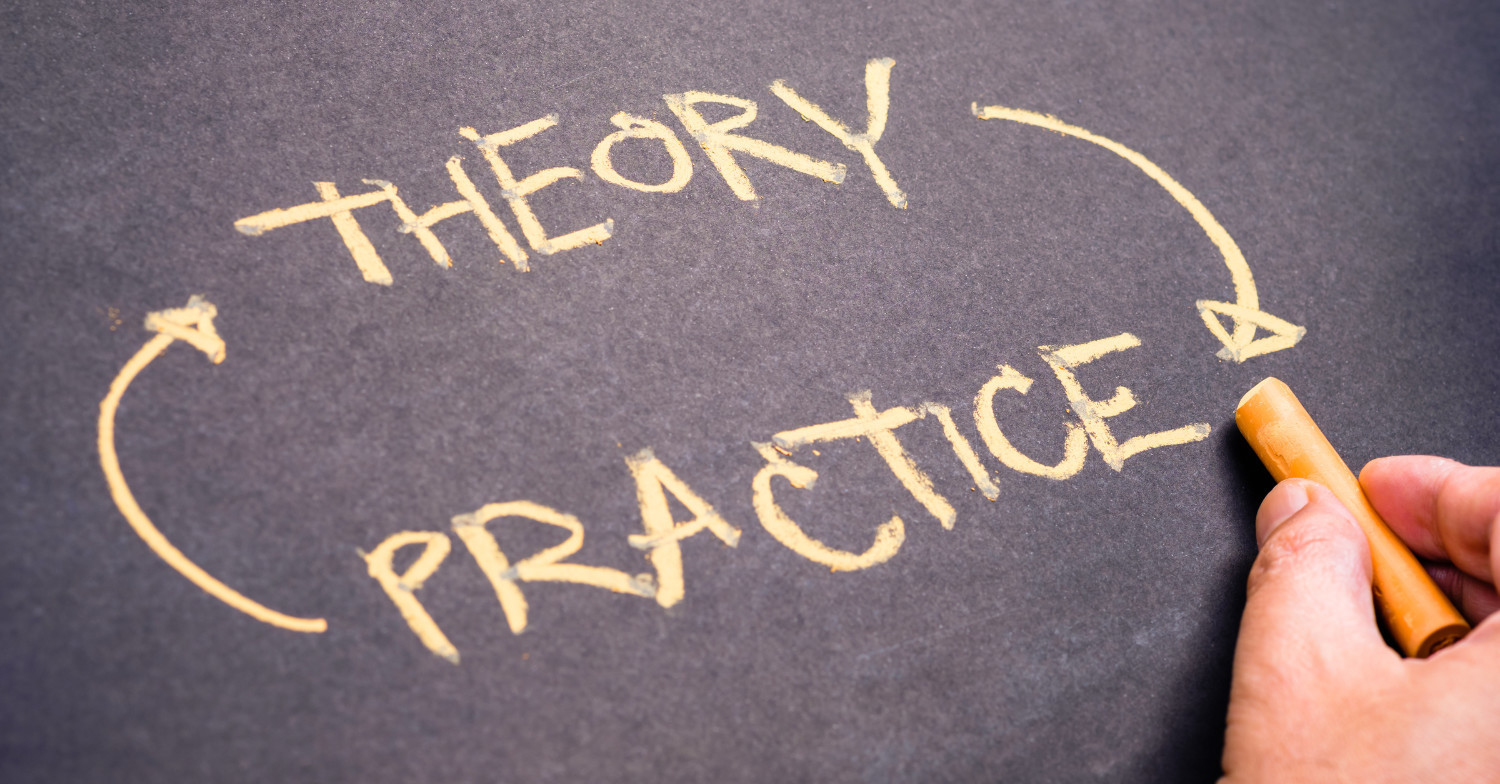
Attachment Theory, first developed by John Bowlby and later expanded by Mary Ainsworth, has fundamentally transformed our understanding of relationships. Its principles have been particularly impactful in the field of couple therapy, providing a framework that explains the deep emotional bonds between partners and how these bonds shape relational dynamics. This blog explores how Attachment Theory has revolutionized couple therapy, enhancing the ways therapists help couples build stronger, more secure relationships.
The Basics of Attachment Theory
Attachment Theory posits that early interactions with caregivers form the basis for our emotional and relational frameworks. These early experiences influence how we attach to others, our capacity for intimacy, and our responses to relational stress. The primary attachment styles—secure, anxious, avoidant, and disorganized—outline different ways individuals connect with their partners based on their early attachment experiences.
Integrating Attachment Theory into Couple Therapy
1. Understanding Emotional Bonds
One of the most significant contributions of Attachment Theory to couple therapy is its focus on emotional bonds. Unlike traditional approaches that primarily address behavioural issues and conflict resolution, attachment-based therapy delves into the emotional needs and fears underlying these behaviours. Therapists help couples understand how their attachment styles influence their interactions and emotional responses.
2. Identifying Negative Cycles
Attachment Theory has provided a framework for identifying and addressing negative interaction cycles that couples often fall into. These cycles, driven by unmet attachment needs, can lead to repeated conflicts and emotional distance. By recognizing these patterns, therapists can help couples break the cycle and develop healthier ways of interacting.
3. Enhancing Emotional Engagement
Attachment-based couple therapy emphasizes the importance of emotional engagement and responsiveness. Therapists encourage partners to express their vulnerabilities and attachment needs, fostering a deeper emotional connection. This approach helps partners understand each other on a more profound level and respond with empathy and support.
Emotionally Focused Therapy (EFT) and Attachment Theory
Emotionally Focused Therapy (EFT), developed by Dr. Sue Johnson, is a prominent therapeutic approach grounded in Attachment Theory. EFT has been highly effective in helping couples create secure and lasting bonds by addressing their attachment needs and fears.
Key Elements of EFT:
1. De-escalation of Negative Cycles: The first stage of EFT involves identifying and de-escalating the negative interaction cycles that perpetuate conflict and emotional distance. By understanding these cycles, couples can begin to disrupt them and create space for positive interactions.
2. Shaping New Cycles of Responsiveness: In this stage, couples learn to express their attachment needs and respond to each other with empathy and validation. This process builds new, positive interaction patterns characterized by emotional engagement and support.
3. Consolidation and Integration: The final stage focuses on consolidating the gains made in therapy and integrating these new patterns into the couple's daily life. Couples practice maintaining their emotional connection and responding to each other's needs consistently.
The Impact of Attachment-Based Therapy
1. Improved Relationship Satisfaction: Couples who engage in attachment-based therapy often report higher levels of relationship satisfaction. By addressing the underlying emotional needs and building secure attachments, partners experience greater intimacy and trust.
2. Enhanced Emotional Regulation: Understanding attachment styles helps individuals regulate their emotions more effectively. This improved emotional regulation reduces conflict and promotes healthier communication.
3. Long-Term Relationship Stability: Attachment-based therapy fosters long-term relationship stability by helping couples develop resilient emotional bonds. These secure attachments serve as a foundation for navigating future challenges and maintaining a strong connection.
Real-Life Applications
Case Example: A couple struggling with frequent arguments and emotional distance sought EFT. Through therapy, they discovered that one partner had an anxious attachment style, leading to constant seeking of reassurance, while the other had an avoidant attachment style, leading to withdrawal. By understanding these patterns and working on expressing their attachment needs, they were able to break their negative cycle and build a more secure, supportive relationship.
Conclusion
Attachment Theory has revolutionized couple therapy by providing a deeper understanding of the emotional bonds that underpin relationships. Through approaches like Emotionally Focused Therapy, couples can address their attachment needs, enhance emotional engagement, and build stronger, more secure connections. By focusing on the core issues driving relational dynamics, attachment-based therapy offers a transformative path to lasting relationship satisfaction and emotional well-being.



